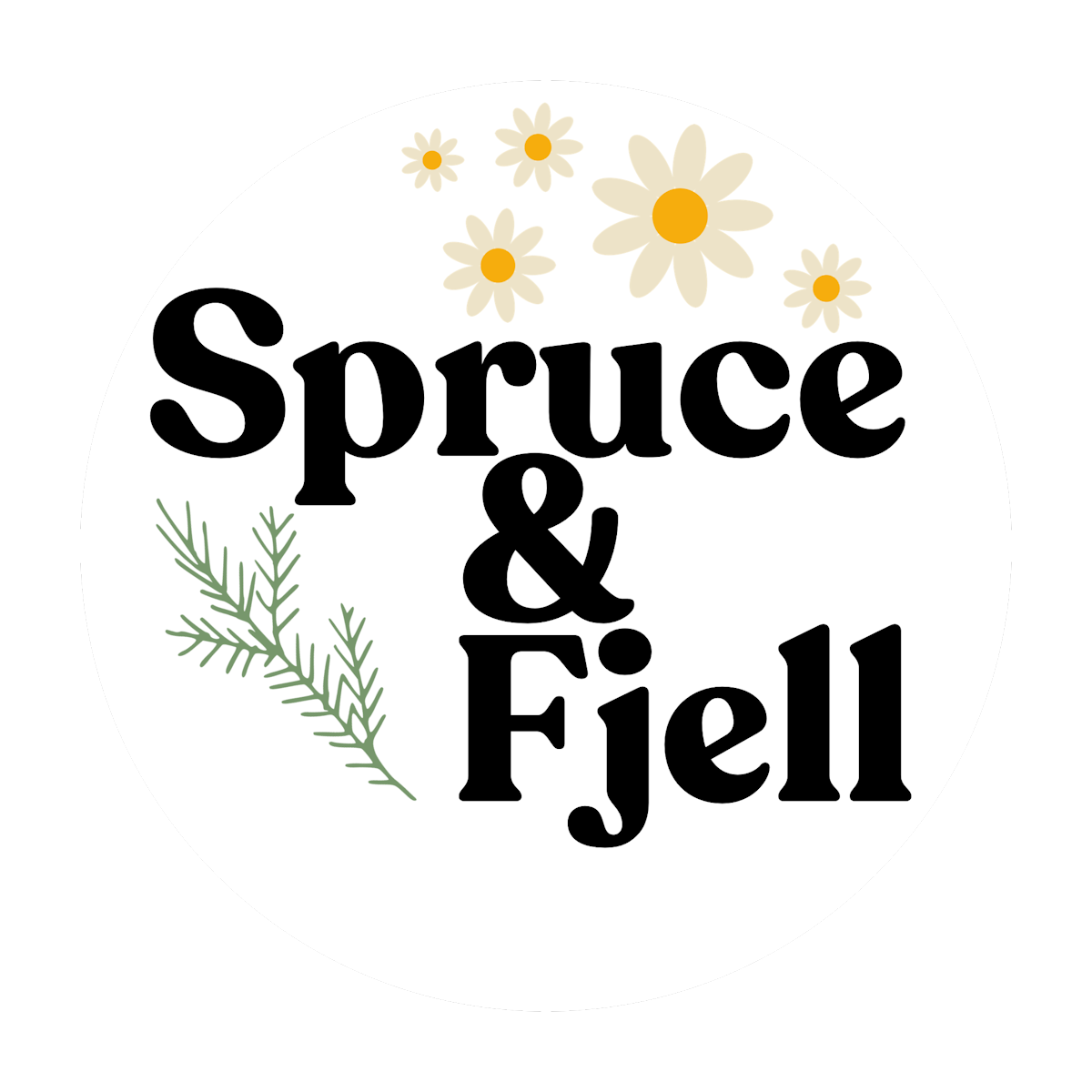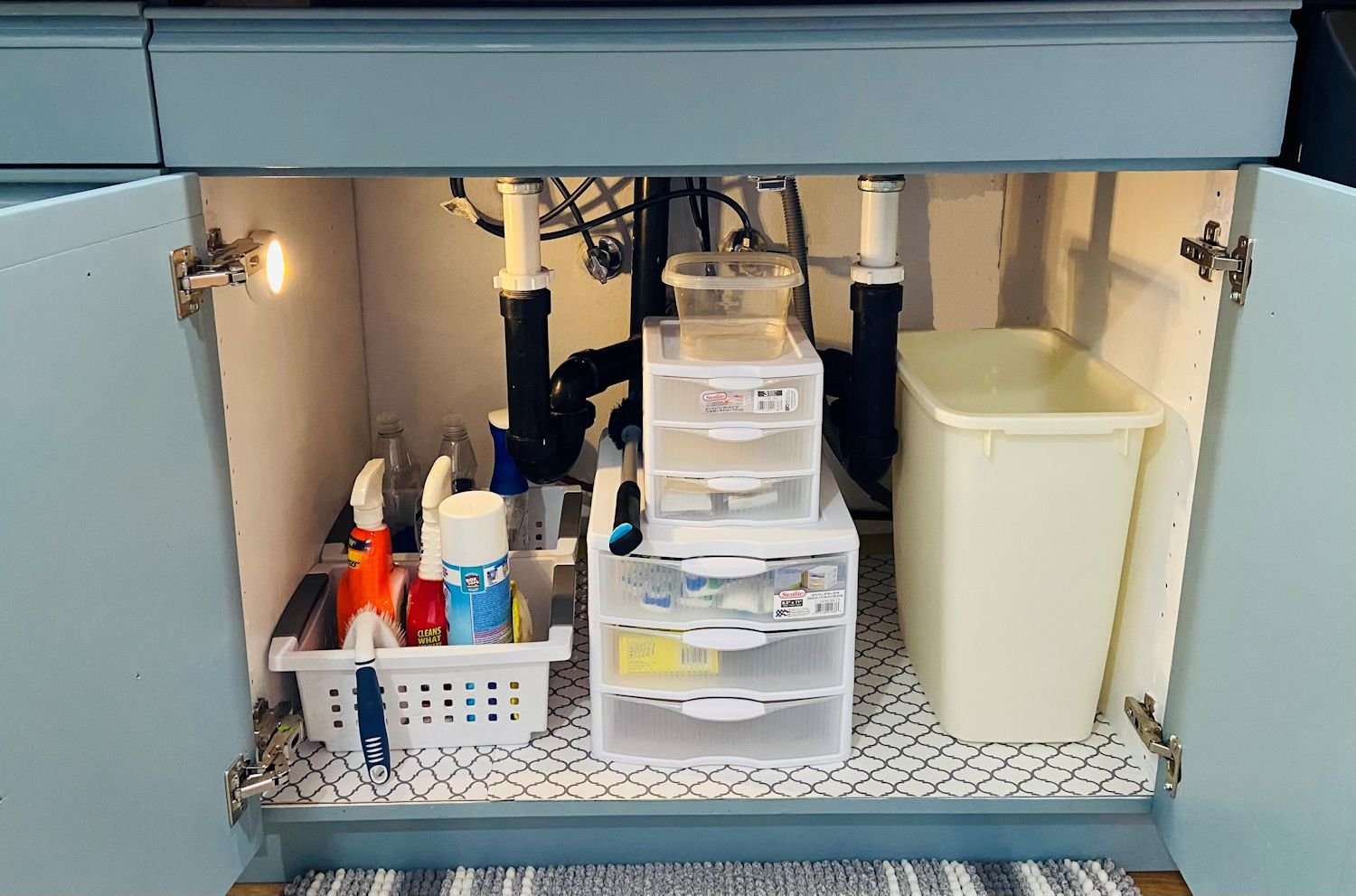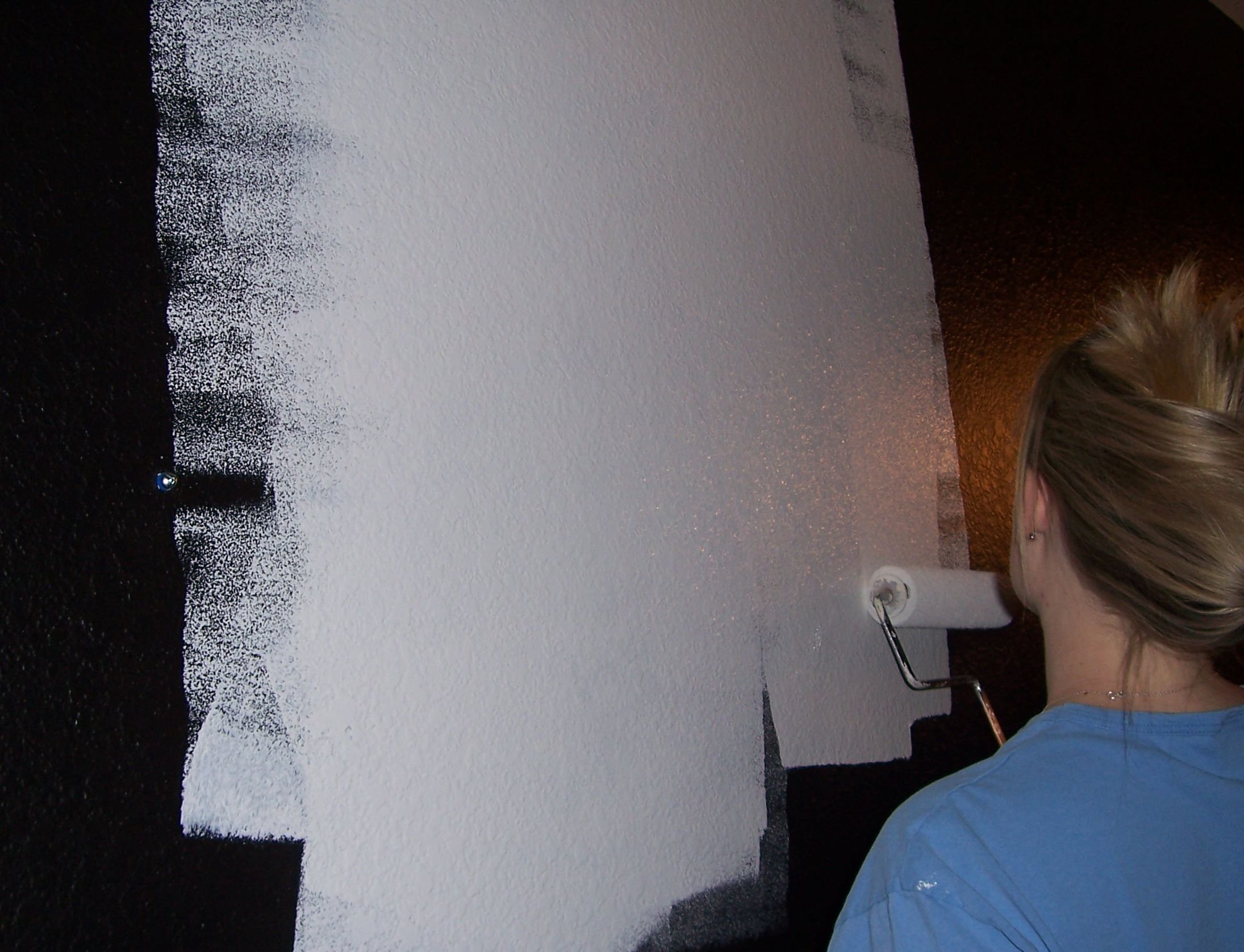Cloth Weed Barrier
CREATE LOW MAINTENANCE GARDEN
Keep garden maintenance down by using a weed barrier. Spend time up front to save time over the long run.
Disclosure: This site contains affiliate links. As an Amazon Associate, I earn from qualifying purchases. Clicking on links, and purchasing products, may result in the seller paying us compensation - at no extra cost to you. Affiliate links are in green.
Also see:
lifestyle blog
Craft Projects
Yard & Exterior Projects
Sewing
Home Improvement
Wild Violet had taken over an area, and action was needed!
wild violets
We were lucky in that the previous owners of our property were master gardeners. They had carefully planned out all of the garden to be low maintenance, bloom throughout the seasons of spring and summer, and offer a wide variety of plants with good mix of color and texture.
They placed weed barrier cloth in most gardens, topped with mulch (bark). However, they omitted the cloth in a couple garden beds. The difference in maintenance was apparent within a couple years of living in our new tiny home in the Northwest.
Weeds grow in abundance in the Pacific Northwest, due to the almost continual rainfall (or watering systems during the summer drought). In Phoenix, we didn’t have to worry much about weeds. A drip system provided water to each individual plant. In between, not much grew. If a bed received a blanketed area of water, weeds could grow - such as vegetable gardens. Now and then, during the monsoon, weeds would spring up everywhere. They died as soon as it became dry again.
Here in the Northwest, we have a large yard, yet have enjoyed almost maintenance free gardens. Until this spring.
We took off during early May to hike Beacon Rock along the Columbia Gorge in Washington state. When we returned, we were horrified to find that wild violet had overtaken a flower garden. We had seen just a few the previous two years, and I pulled them out. Unlike other gardens, this garden contained bark, but no cloth barrier. Disaster had struck while we were away. I searched all flower beds, and found a few wild violets scattered further out. NO! I could NOT allow them to spread. I loved the low maintenance of the yard, and didn’t want to have to constantly fight this new intruder.
The following photo shows the mess the garden was in, and was taken before our deck rebuild and stain project.
What a mess!
Plan Of Action
I knew what we needed to do, and I hated it. The weeds had overtaken my beautiful rose bushes. I could have done “precision surgery” over the next few years to extract the weeds from the roses, but I had tried that the prior year, and could not get to all of them. Now, they had spread. I needed to take more drastic action.
Wild Violet spreads by sending out under-ground runners, plus tossing seeds. They can quickly take over lawns and gardens.
I knew that everything in the garden had to go. Then we would lay down weed barrier cloth, followed by mulch.
The rhododendron, though beautiful when blooming, was old and diseased and looked awful. In fact, when it was removed we found that it was rotten inside. The wood fell apart as the shrub was removed.
The wood bird house was adorable, but it too was rotting. Everything except the one rose bush seen in the above photo had to go.
The lower deck needs to be replaced as well, but that will be another project 😊
SUPPLIES
Check Amazon for prices. Affiliate links are green.
mulch we used natural medium bark - I prefer natural bark, rather than the mulch that is dyed black
pebbles (for bottom of new planters)
potting soil
new plants for planters
Weed barrier cloth we used Vigoro brand
Staples for holding down weed barrier cloth
Hammer or rubber mallet for pounding in cloth staples
Dual front wheel wheelbarrow I love the dual front wheels for stability
Wheeled yard waste bin very handy for tossing yard waste into
Staples for holding down weed barrier cloth
Clean Up & Install Weed Barrier Cloth
1. Remove all weeds and plants
Remove everything you don’t wish to keep. We decided that it was best to remove everything (except the one rose bush). Having a bare garden would make laying weed cloth much easier. I dug for 3 hours, removing weeds and underlying dirt. It was a HUGE, very unpleasant job. I’m a small female, but I was able to do it!
I finally hired my son in law to help with the remainder of the weeds. In one hour he accomplished more than I had done in three. Unfair! But - I had gotten a lot of exercise, and had set us off to a good start. We filled the back of the utility trailer. The following photo shows the trailer partially filled. The worst part? It has to be unloaded at the dump. Nothing like moving the same dirt twice!
2. Rake The Garden
Use a rake to even out the area. Be sure to remove all twigs that might still be poking up out of the dirt - they can tear the cloth. Mulch will fill in uneven areas, but it’s still a good idea to level the area as much as possible.
3. Lay Weed Barrier Cloth
The weed barrier cloth rolls out easily. Read the directions for your cloth - the first cloth we used said to lay shiny side up (there were shiny threads running through it). The second cloth we used (after first rolls ran out) didn’t have a difference in sides.
Cut the cloth to fit around curves in your garden. The following photo shows a dotted red line where I will be cutting. Overlap each section of cloth 2-3 inches for good coverage.
To reduce cutting odd pieces, try to plan so the cloth naturally goes to one side of any plant you are leaving in the garden - if and where possible. The next piece can come up close on the other side of the plant. If necessary, small pieces can be patched in.
NOTE: If you are going to plant new shrubs directly into the ground right away, do so at this time. Lay the cloth around the plants, as I did the rose - or cut to fit around the plants. Due to the weed problem, I did not want anything planted directly into the ground yet. I will wait a few years to be sure all of the dreadful wild violets are gone. At that point, I can just brush away the bark, cut a hole in the fabric, and plant a new rose bush or other plant.
Use garden cloth staples or rocks to hold the cloth in place while you work. When I had special cuts, I used the staples. I wanted to be sure the cloth didn’t come up in the future. It will be held down by mulch, but it could still slip out of place due to walking in the garden, moving pots around, etc. The following photo shows my husband hammering in a staple. Hit it once or twice to break through the cloth - after that it slides through the cloth and into the dirt easily.
In most places, we used rocks to hold the cloth until mulch was laid over it.
We were quite happy with the outcome. The cloth was easy to use, and covered the area well.
4. Apply Mulch
Once the cloth is down, completely cover it with mulch. We used medium size bark. Bark is natural, helps retain moisture, and further helps control weeds.
5. Set Out Planters
NOTE: Because I was not wishing to plant anything directly into the ground this year, I set out pots. See “NOTE” in step 3 above. I will wait a year or two before planting anything directly into the garden.
Decide where your planters will be and set them out. We laid down the mulch first - then placed the planters. You can place them and then put out the bark if you prefer.
5. Buy Plants For Planters
Now - the fun part! My garden looked so bare! I truly missed the “good plants” that had been there. I made a quick trip to a nearby nursery. With the help of a friend, I chose a mix of plants for my pots. I chose a few evergreens, and various types of flowers. I wanted a good mix of color and texture.
6. Plant Pots
Drill holes in the bottom of the pots for drainage (if needed). Place pebbles in the bottom of the pots, followed by potting soil and your beautiful new plants.
Finished! I am so pleased with the new garden. All the weed mess is GONE and I know I will have much less maintenance now. Once I am sure the weeds will no longer be a nuisance, I will plant a few new roses and other plants directly into the garden. I am waiting, because any holes in the weed barrier cloth will possibly allow weeds to come through. I will be very vigilant next spring, which is when the wild violet emerges.
I love beautiful gardens, and my yard is very important to me. We enjoy our fire pit all year, and our family gathers at our place for outdoor parties and games. However, I do not want my time and energy to go to weeding! I need a low maintenance garden because I want time for hiking and enjoying the yard.
We also repeated this process for another part of the back yard. The ONLY areas where the weeds had become a problem were areas that had bark but no cloth, so I knew we had to put in the effort in that area as well.
Extra Tip
The previous owners of our home placed a walking path all the way around the house, between the garden and house, providing a couple feet of clearance. I love it! It keeps bugs, soil, and moisture away from the house, and leaves a perfect place for me to move around as needed when gardening. The hose and any garden tools in use are hidden.
Home Improvement
Yard Decor Projects
Lifestyle Blog
It’s all about enjoying life in a perfect balance.
Organize, minimize, simplify, DIY. Free up time and money for hiking, biking, art, enjoying nature - or doing the things you love.





























































Protect your wood deck from the elements with proper prep and quality stain. Proper maintenance enhances the life span of a wood deck. Protect from snow, rain, freezing ice, hot sun.